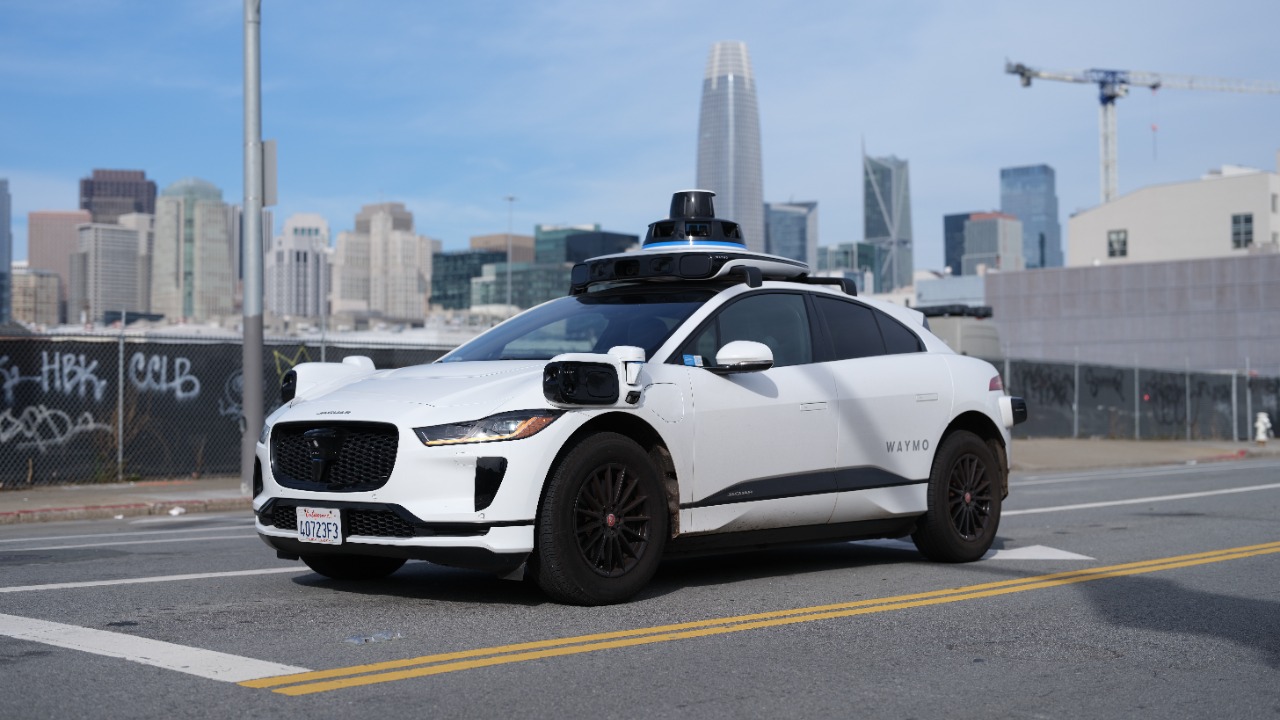
Waymo’s autonomous vehicles, popularly known as robotaxis, have taken a significant leap forward by expanding their operations to include highway driving. This development, which began in San Francisco in August 2024, allows the robotaxis to navigate freeways, thereby facilitating faster travel for longer distances across supported areas. This marks a significant milestone in Waymo’s growth in the Bay Area and further enhances its autonomous driving technology, which was previously limited to surface streets.
Waymo’s Autonomous Vehicle Technology
At the heart of Waymo’s robotaxis is a sophisticated self-driving system that combines advanced sensor suites and AI algorithms. This technology enables the vehicles to navigate highways without human intervention. The sensor suites provide a 360-degree view of the environment around the vehicle, detecting objects as far as three football fields away in all directions. The AI algorithms, on the other hand, process this data in real-time, making decisions about steering, acceleration, and braking.
Waymo’s technology has evolved significantly since its initial testing on city streets. The company has been relentless in its pursuit of autonomous mobility, continuously refining its technology to handle more complex driving environments. The integration of freeway driving is a testament to this ongoing development and the company’s commitment to making autonomous driving a reality.
Launch of Highway Access for Robotaxis
The recent rollout of highway usage for Waymo’s robotaxis represents a significant advancement in the company’s operations. This new capability allows the vehicles to access faster routes like freeways, thereby speeding up trips for users. According to Wired, this became possible as of November 12, 2025.
The launch of highway access was made possible through a series of technical upgrades. These include enhanced mapping capabilities that allow the vehicles to understand their position on the highway accurately, and speed management systems that enable them to maintain appropriate speeds based on traffic conditions and legal speed limits.
Implementation in San Francisco Freeways
San Francisco was the first city to witness the activation of freeway driving for Waymo’s robotaxis. As reported by the San Francisco Chronicle, this development took place on August 12, 2024. The robotaxis are now permitted to operate on specific routes and zones on the city’s freeways, marking a significant step in the company’s expansion in the Bay Area.
The initial routes and operational zones were carefully selected to ensure safety and efficiency. These areas were thoroughly mapped and tested before the launch to ensure that the vehicles could navigate them safely and efficiently.
Impact on Bay Area Expansion
The introduction of freeway access is a strategic move that supports Waymo’s broader expansion plans in the Bay Area. By allowing the robotaxis to operate on freeways, the company can potentially extend its service coverage beyond San Francisco, reaching more users and fostering greater adoption of its services.
The implications of this development are significant. Since the freeway rollout on August 12, 2024, Waymo has been able to provide its users with a more efficient and convenient transportation option, thereby enhancing its value proposition and competitive advantage in the region.
Benefits for Longer Trips
One of the most notable benefits of highway integration is the reduction in travel times for users on extended journeys. For instance, cross-city commutes, which typically involve long distances and heavy traffic, can now be completed more quickly thanks to the use of freeways. As Wired reports, this is particularly beneficial for users traveling to airports or suburbs in areas like San Francisco.
By providing quicker access to these destinations, Waymo’s robotaxis offer a compelling alternative to traditional transportation options. This not only enhances user convenience but also contributes to the overall appeal of autonomous mobility.
Safety and Regulatory Considerations
As with all its operations, safety remains a top priority for Waymo in its freeway driving initiative. The company has implemented robust safety protocols, including advanced monitoring systems that track the vehicle’s performance and compliance with local traffic laws in the Bay Area.
Regulatory approvals have also played a crucial role in enabling this expansion. The San Francisco freeway rollout on August 12, 2024, was made possible through the necessary permissions from local authorities, demonstrating their confidence in Waymo’s technology and safety measures.
Future Prospects for Waymo’s Growth
Looking ahead, the highway milestone achieved on November 12, 2025, sets the stage for further expansions. Waymo is likely to continue building on this success, exploring opportunities to extend its freeway access to other regions and enhancing its service offerings.
The competitive landscape and user feedback will undoubtedly play a significant role in shaping these developments. As Waymo continues to pioneer the field of autonomous mobility, it will need to remain responsive to market dynamics and user needs, ensuring that its services remain relevant and valuable in the post-freeway integration era.
More from MorningOverview